Sorting 2D Shapes - Looking Closely
The first activity introduced students to sorting shapes by how they looked. In small groups, children were invited to sort a collection of colourful 2D shapes into matching coloured hoops. What started off as playful exploration quickly became rich learning.
Hazel and Libby began by placing a mix of colours and shapes into their blue hoop. With teacher guidance, they began to rethink their choices. “Let’s only put the blue ones in!” Hazel suggested. After some sorting, Libby added, “Wait… not just blue, let’s do blue triangles!” Together they refined their group until only blue triangles of different sizes remained. “Look—they all have three sides, even if some are little and some are big,” Hazel noticed proudly.
In another group, Freya, Jahgaia, and Nathaniel started off working individually. Freya said, “I’m picking the blue diamonds because I like the shape best,” while Jahgaia focused on red squares, “These ones are all red.” Nathaniel picked a mix and said, “I just like these ones!” With Mrs Berger’s help, the group paused and began discussing their ideas. Freya suggested, “Maybe we should all choose one colour together.” They eventually settled on yellow shapes and proudly presented their shared hoop. “It’s all yellow! But look—they’re not all the same shape,” Nathaniel pointed out.
Vera and Maddie spent time comparing features of squares and rectangles. “This one is longer on the sides,” Vera noticed. Maddie added, “It has four corners, but two sides are really long and two are short—that’s a rectangle.” Their discussion showed a deepening awareness of shape features.
Marisha and Shaarv decided to focus only on squares. “Let’s only do squares,” Marisha suggested. “Then we can make colour groups,” Shaarv added. They sorted their squares into little clusters by colour inside their green hoop - showing an awareness of more complex grouping strategies.
Describing Shapes Without Looking
In a fun and giggly second activity, students worked in pairs with their backs to each other. Each had an identical set of coloured shapes in front of them. The goal was to describe one shape clearly enough for their partner to pick out the same one – all without peeking.
This activity sparked so much learning! Students quickly realised that saying “triangle” wasn’t enough – after all, there were many triangles. Soon, descriptions became more specific: “a medium blue triangle” or “a yellow rectangle I can bend.” This playful but powerful task helped develop students’ vocabulary, attention to detail, and expressive language skills.
To round out the week of sorting, we explored size and colour using our classroom teddy bears. Students practiced using language like smallest, biggest, and medium to compare sizes and sort the teddies in different ways.
Vinny shared an honest and reflective moment: “I put all the small ones together, but then I looked and said ‘Oops! I have a bigger one in there. I need to put it back!’” This mistake became a learning opportunity, and Vinny proudly corrected his group.
Later, students were challenged to sort by just one feature. “I’m only going to do green ones,” said Vera . “I want only the medium teddies,” said Libby. The children were beginning to understand that sorting could focus on colour or size—and that choosing one helped make things clearer.
Learning Outcomes Achieved
Through these playful, hands-on tasks, students are developing important early maths skills. They are learning to:
-
Identify and describe familiar 2D shapes.
-
Sort objects by a chosen feature (colour, shape, or size).
-
Use language to compare and describe differences.
-
Work collaboratively and explain thinking.
-
Reflect and revise decisions while problem solving.

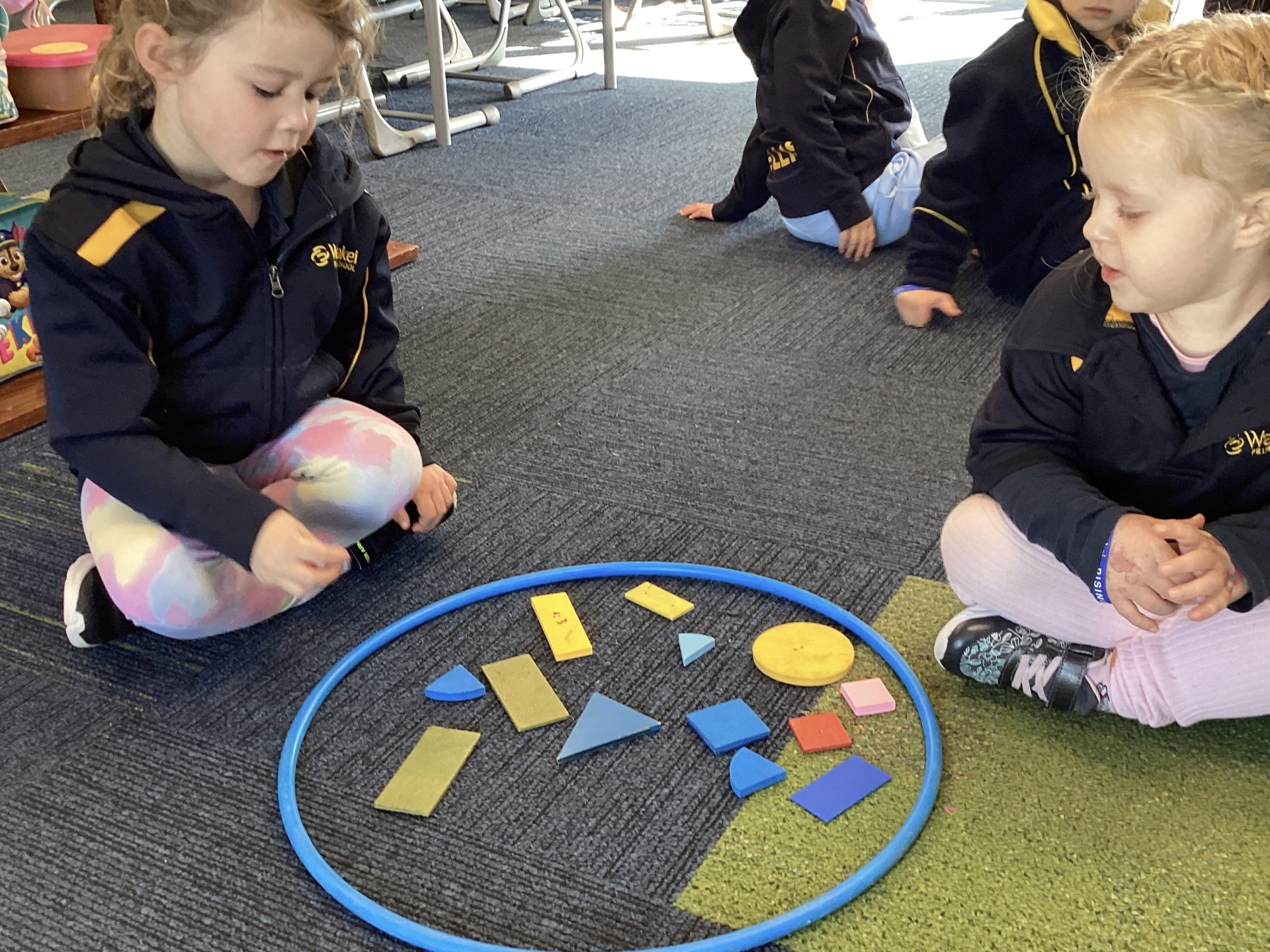

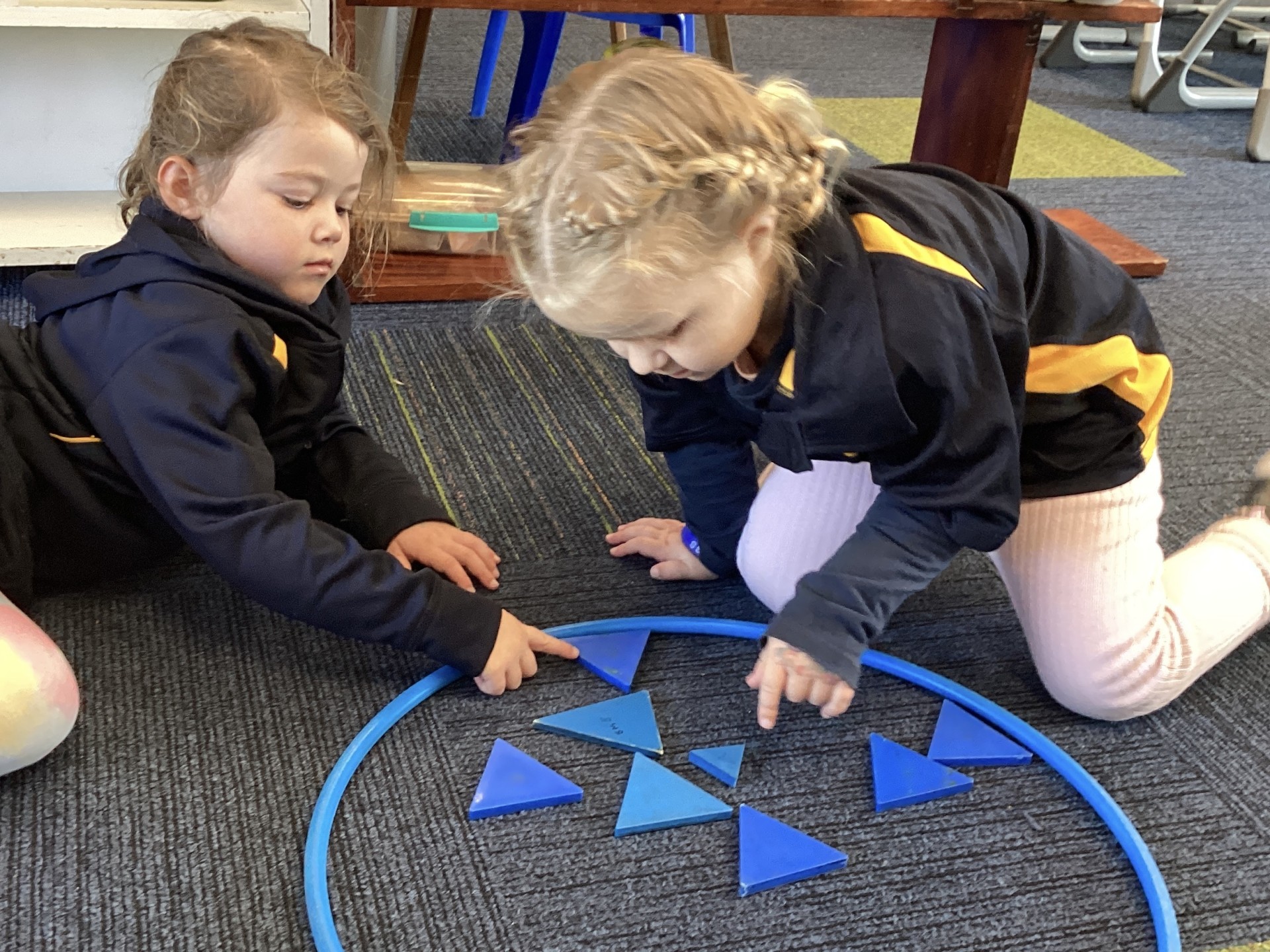



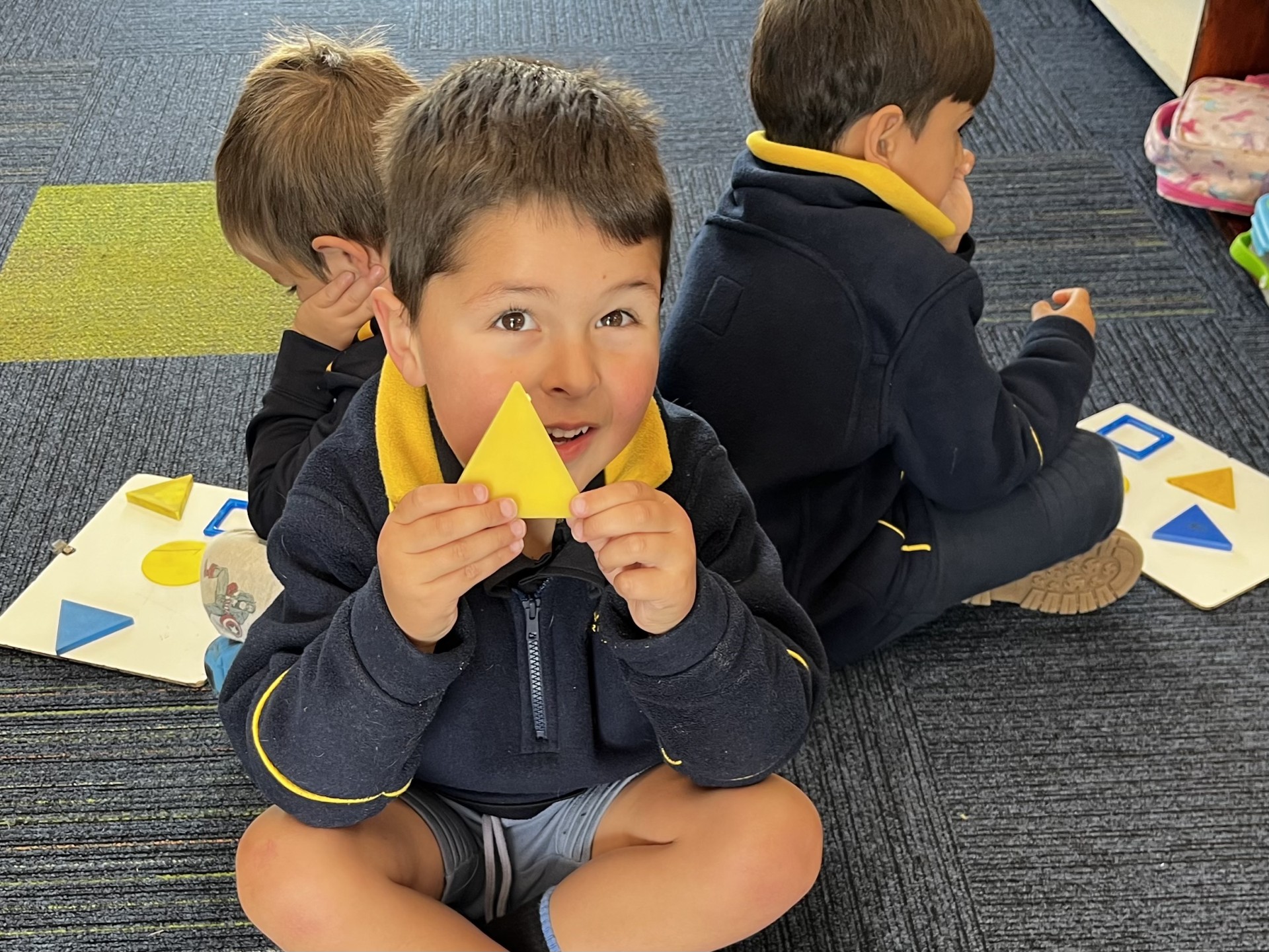
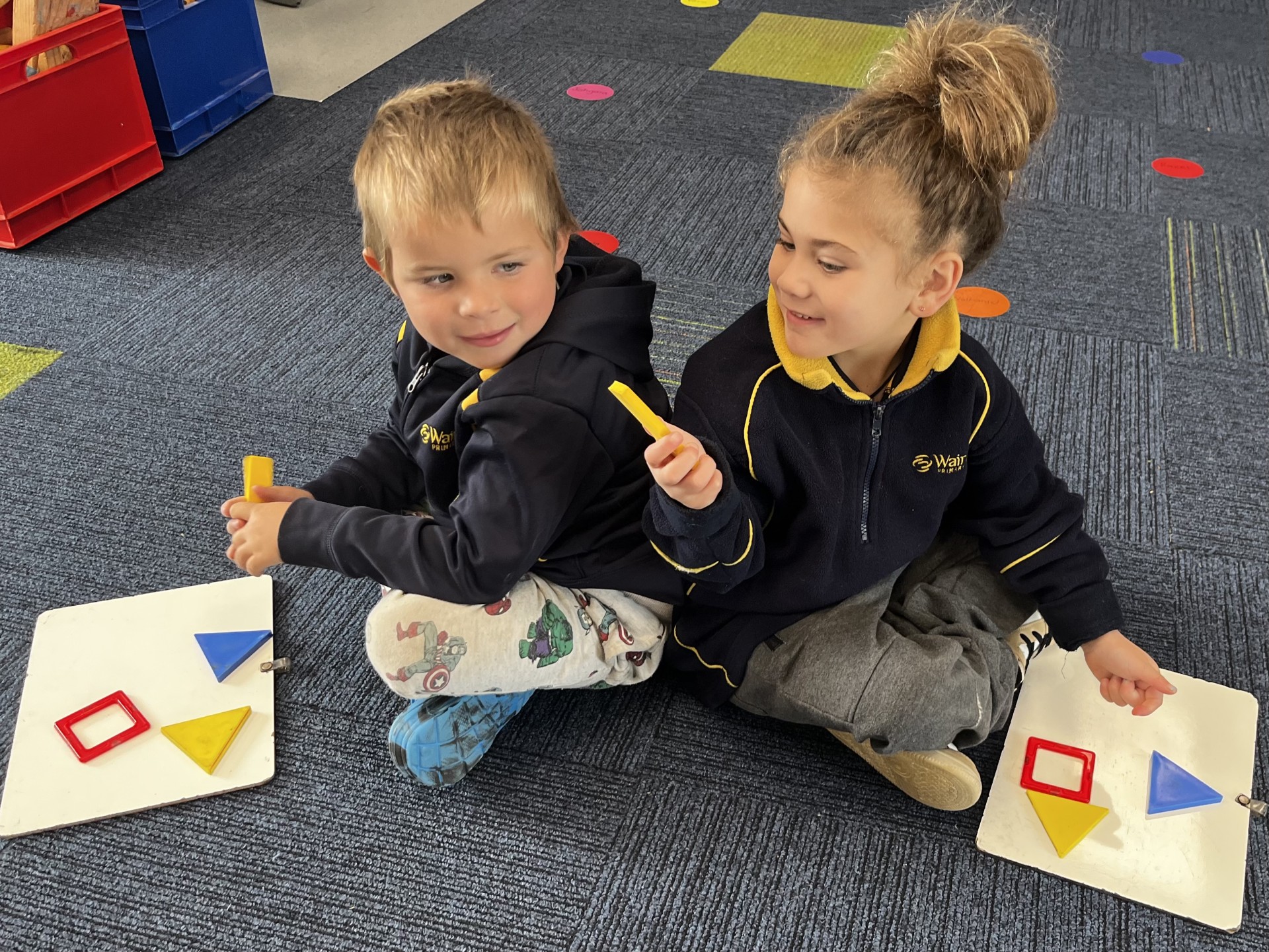


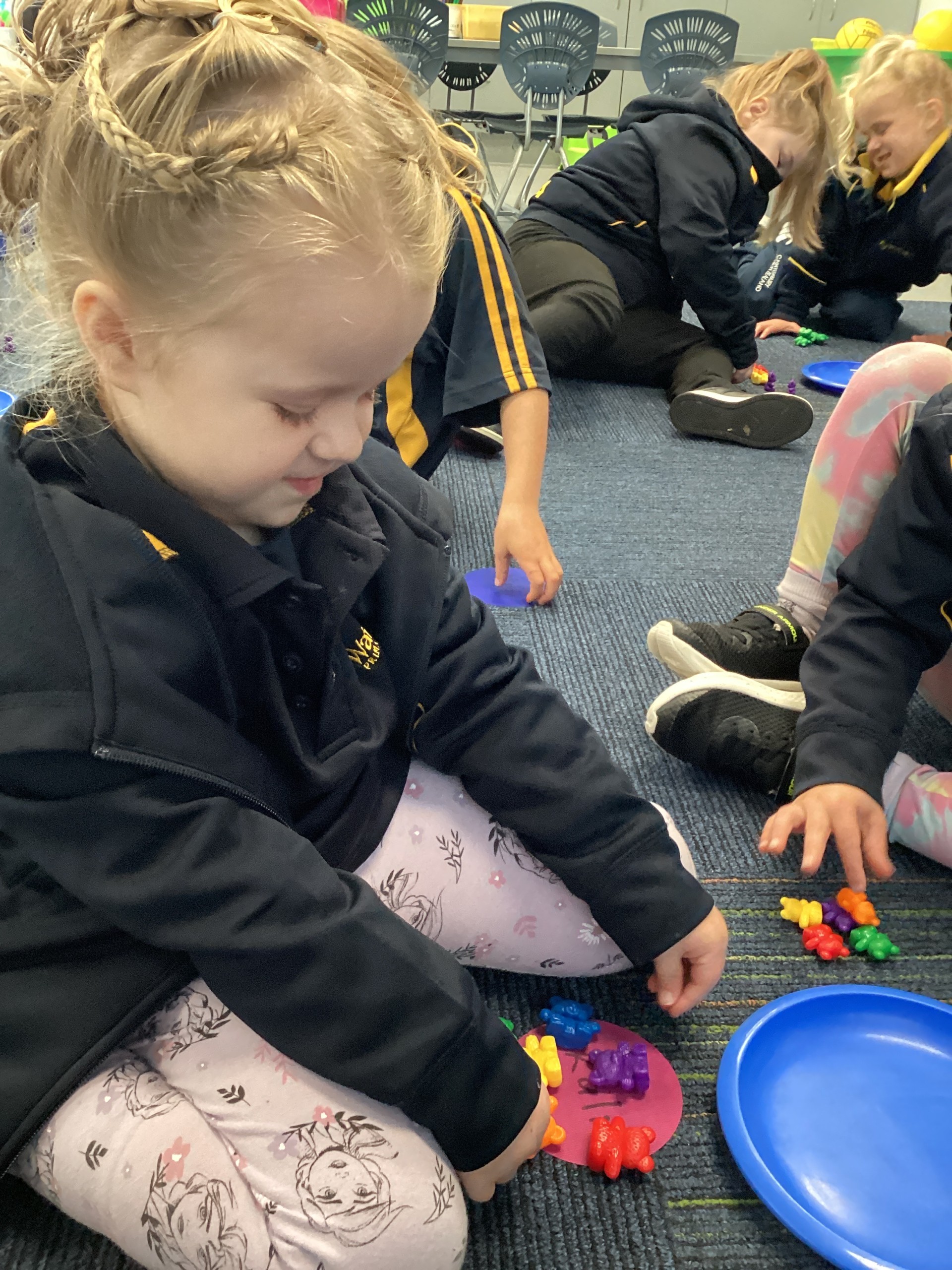

Comments
No one has commented on this post yet.